Ecological Role of Red Algae in Shallow Marine Ecosystems: A Case Study of Gracilaria spp.
By. Azizah - 08 Aug 2025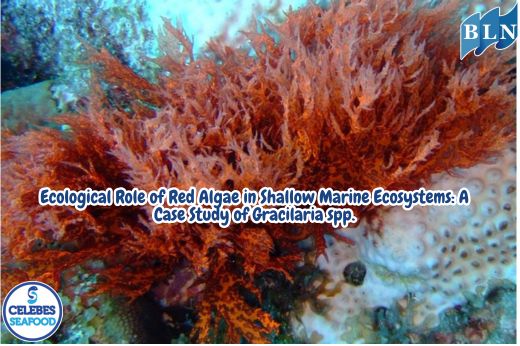
lautnusantara.comRed algae (Rhodophyta), particularly Gracilaria spp., are vital components of shallow marine ecosystems. Their presence serves not only as primary producers but also as habitat providers, substrate stabilizers, and absorbers of excess nutrients originating from anthropogenic activities. This article examines the ecological roles of red algae, focusing on the genus Gracilaria, and its contributions to coastal ecosystem balance. Through literature review and field observations, this paper outlines how Gracilaria spp. support biodiversity, enhance water quality management, and hold potential in sustainable marine aquaculture systems.
Introduction
Shallow marine ecosystems, such as lagoons, bays, seagrass beds, and coastal waters, are highly biologically productive areas with significant biodiversity. In these ecosystems, macroalgae play a crucial role in maintaining ecological balance. One of the major macroalgal groups is red algae (Rhodophyta), which contributes significantly to marine primary productivity.
Gracilaria spp. is a well-known genus of red algae commonly found in tropical and subtropical coastal areas, including Indonesian waters. In addition to its economic value as a source of agar, Gracilaria also exhibits important ecological functions that have yet to be fully explored. This article aims to examine the ecological role of Gracilaria spp. in supporting the stability and sustainability of shallow marine ecosystems.
Morphology and Habitat of Gracilaria spp.
Gracilaria spp. are macroscopic algae with reddish-brown to purplish thalli, cylindrical branches, and a flexible texture. They can reach lengths of 20–50 cm depending on the species and environmental conditions.
These algae commonly attach to substrates such as rocks, mud, sand, or dead coral in shallow waters, typically at depths of 0.5–3 meters. Their optimal habitat includes areas with moderate water circulation, salinity between 25–35 ppt, and adequate sunlight exposure. Their high ecological adaptability enables Gracilaria to thrive in both natural waters and cultivated environments (such as ponds or floating cages).
Ecological Roles of Gracilaria spp.
1. Primary Producer in the Food Web
As photosynthetic organisms, Gracilaria produces oxygen and organic compounds that form the foundation of the food web in shallow marine environments. The energy they generate supports primary consumers such as zooplankton and small invertebrates.
2. Habitat and Shelter Provider
The branching structure of Gracilaria creates complex microhabitats, offering shelter, breeding grounds, and foraging sites for various organisms such as juvenile fish, shrimp, small crabs, and mollusks. This enhances benthic faunal abundance and biodiversity.
3. Absorption of Excess Nutrients
Gracilaria acts as a natural biofilter by absorbing nitrogen compounds (ammonia, nitrate) and phosphates from the water column. This function is crucial for controlling eutrophication, particularly in coastal waters exposed to domestic and agricultural waste.
4. Substrate Stabilization and Erosion Prevention
By firmly attaching to the seabed, Gracilaria helps stabilize sediments and reduces resuspension caused by currents and waves. This is vital for maintaining benthic habitat integrity and preventing coastal degradation.
5. Blue Carbon Sequestration
As part of coastal ecosystems, Gracilaria contributes to the absorption of carbon dioxide (CO₂) through photosynthesis, supporting global climate change mitigation efforts via blue carbon mechanisms.
Characteristics of Red Algae
Red algae (Rhodophyta) exhibit more diverse biological activities compared to other types of algae. The characteristics of red algae include:
-
They live in intertidal and subtidal zones, typically at depths ranging from 40 to 250 meters.
-
Reproduction occurs both vegetatively and sexually.
-
Sexual reproduction involves the formation of carpogonia (female gametes) and spermatia (male gametes).
-
Growth can be uniaxial or multiaxial depending on the species.
-
They have a holdfast attachment structure composed of single or multiple root-like cells.
-
They contain phycobilin pigments, mainly phycoerythrin (red) and phycocyanin (blue).
-
Red algae are chromatically adaptive, meaning they can adjust pigment composition based on light quality, resulting in various visible colors.
-
Their food reserves are in the form of floridean starch.
Benefits of Red Algae
Red algae are a primary source of halogenated compounds, which possess a range of bioactive properties, including:
-
Antibacterial
-
Antifungal
-
Anti-inflammatory
-
Ichthyotoxic (toxic to fish)
-
Cytotoxic
-
Insecticidal
In addition to their applications in human needs (such as food and pharmaceuticals), red algae also provide ecological benefits, such as:
-
Acting as a major source of organic matter in aquatic ecosystems
-
Helping to stabilize coral reef structures
Implications for Sustainable Marine Aquaculture
Gracilaria cultivation has been widely adopted in many tropical countries, including Indonesia, the Philippines, and Vietnam. Beyond its economic value, Gracilaria farming offers notable ecological benefits. In Integrated Multi-Trophic Aquaculture (IMTA) systems, Gracilaria is cultivated alongside other species such as carnivorous fish and shrimp. Organic waste from fish serves as a nutrient source for the algae, reducing pollution and improving overall aquaculture efficiency.
Gracilaria farming also plays a role in rehabilitating degraded environments, such as abandoned ponds or polluted coastal zones, by improving water and sediment quality.
If you are interested in our Coral Trout Fillet Skin On, CORAL TROUT WGG WHOLE GILLED GUTTED please do not hesitate to contact us through email and/or whatsapp.
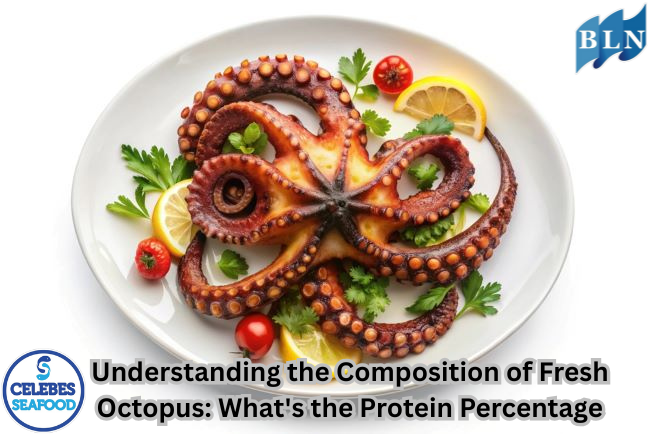
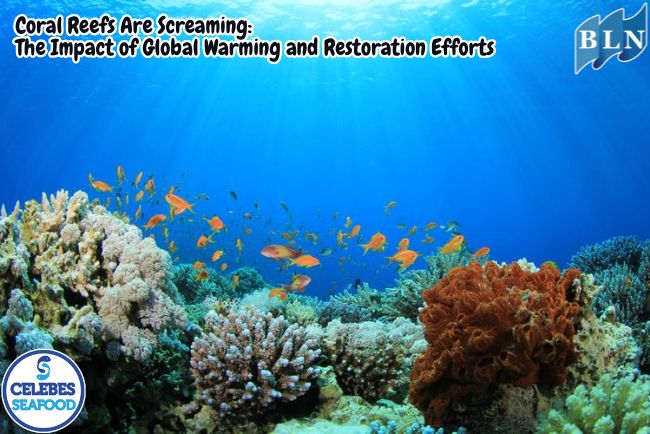


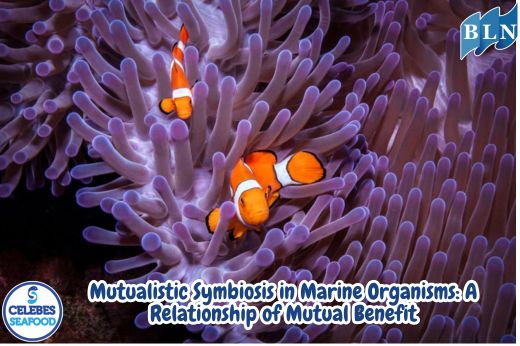
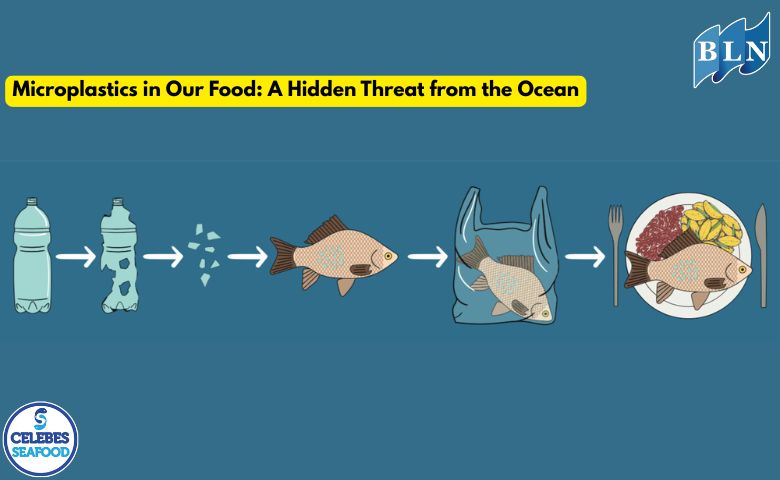
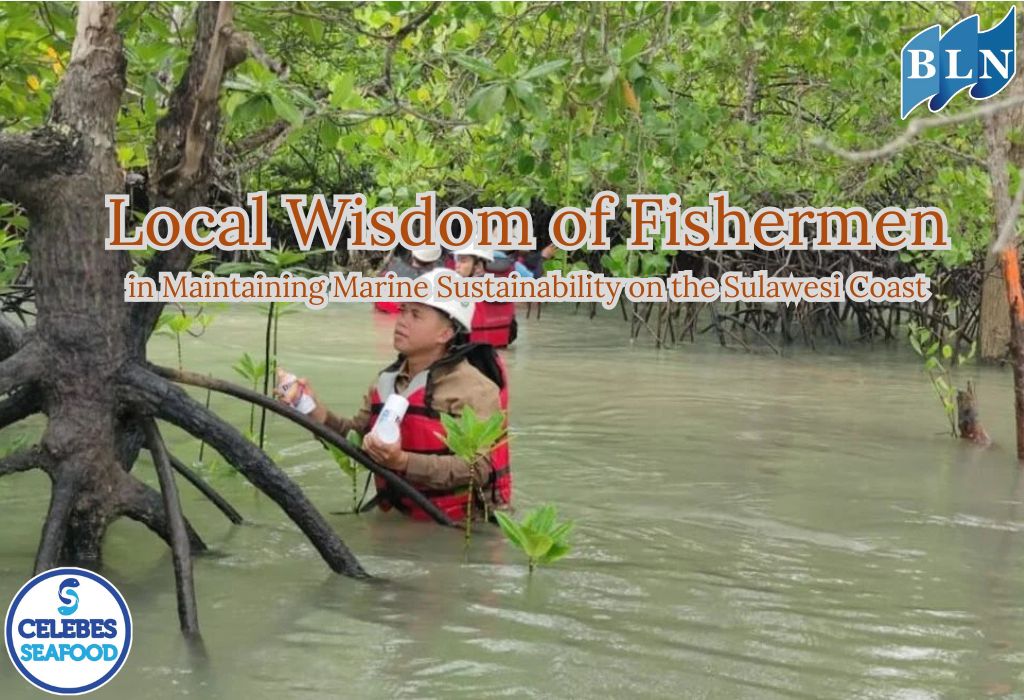
.jpg)